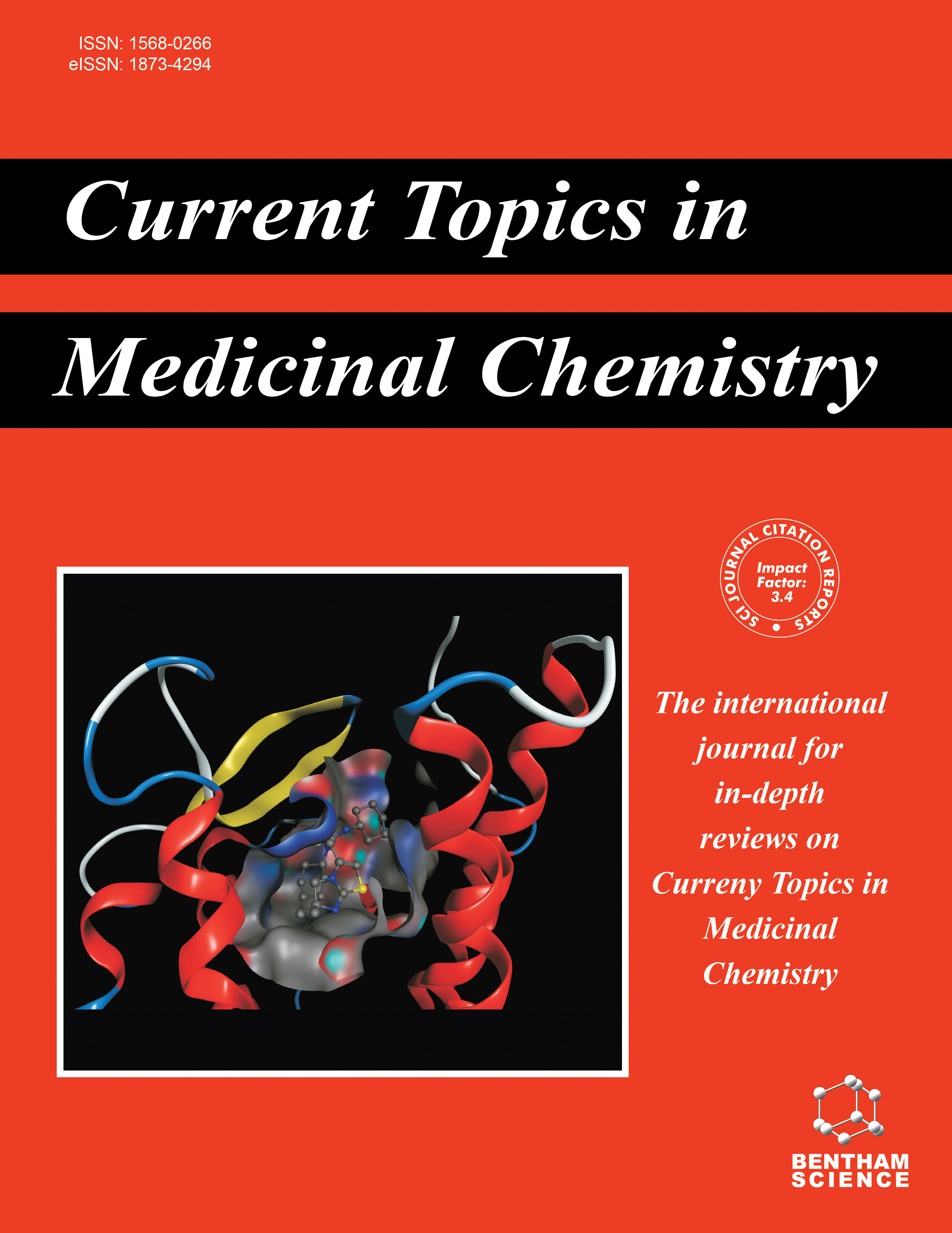
Full text loading...
Gefitinib is associated with various adverse reactions, with diarrhea being prevalent. It is mainly managed through lifestyle changes and symptomatic pharmacological interventions, but these approaches have limited effectiveness and frequent recurrence. Qi Yin San Liang San Decoction (QYSLS) shows promise in relieving gefitinib-induced diarrhea, but its mechanisms are unclear.
This study aims to explore the pathological mechanisms underlying gefitinib-induced diarrhea and to elucidate the molecular pathways through which QYSLS mediates its therapeutic effects.
RNA-seq identified differentially expressed genes (DEGs) in colon samples from control and gefitinib-induced diarrhea rats. Network pharmacology was employed to predict the bioactive components and potential targets of QYSLS. A protein-protein interaction (PPI) network was utilized to explore the interactions among these targets, while GO, KEGG, and GSEA enrichment analyses were conducted to reveal the signaling pathways associated with these targets. RNA-seq was used to detect DEGs in QYSLS-mediated relieving of gefitinib-induced diarrhea; the intersection with potential targets was further analyzed to identify key genes. The expression of hub genes was validated through immunohistochemistry and RT-qPCR.
RNA-seq and network pharmacology identified 103 bioactive components of QYSLS, with 84 potential targets in QYSLS relieving gefitinib-induced diarrhea. The DEGs in QYSLS relieving gefitinib-induced diarrhea and 84 potential targets were intersected, resulting in the identification of 26 key genes. Further analysis highlighted three central hub genes (CCL20, CCL25, NOS2), which were enriched in pathways related to innate immune response. Furthermore, immunohistochemistry and RT-qPCR confirmed that the expression of CCL25 was reduced by QYSLS in gefitinib-induced diarrhea rats.
These results indicate that QYSLS may exert its therapeutic effect on gefitinib-induced diarrhea via the modulation of chemokines and innate immune responses.

Article metrics loading...

Full text loading...
References


Data & Media loading...
Supplements

